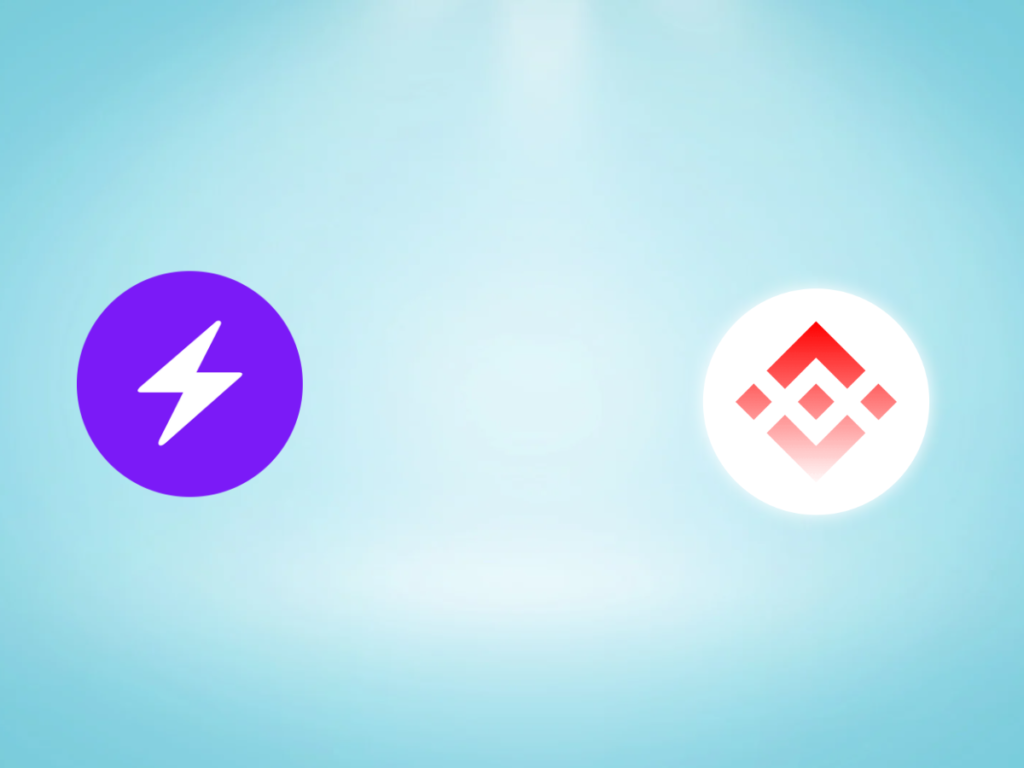Binance announces plans to integrate Lightning Network for Bitcoin transactions, prioritizing security and technical readiness. This move is expected to increase the adoption and usage of Lightning Network within the cryptocurrency community.
It’s official: Binance is attempting to include Lightning Network for Bitcoin withdrawals and deposits.
LN won’t, however, be accessible right immediately on the exchange since, according to them, there is still a ton of technical work to be done. Some of their own nodes have already been developed by them.
Since a high level of security is demanded of them, they would be wise to take their time so as to avoid any technological issues. They appear to have been actively working on it since May.
The Lightning Network now functions properly, and other cryptocurrency exchanges are already utilizing it. Despite this, there are still not many of them, and Binance’s impending integration will undoubtedly greatly increase their use.
Binance: Exchange-based Lightning Network
Users of cryptocurrency exchanges can benefit greatly from Lightning Network for two reasons.
The first benefit is a significant decrease in the price of Bitcoin transactions. Even $30 costs on individual deposits or withdrawals are acceptable to those who move huge sums of money between exchanges, but even the present $2 charge may be prohibitive to others.
Due to the high cost of Bitcoin transactions, LN breaks down any potential barriers by reducing these classes to a tiny and thus meaningless proportion.
It makes BTC transactions extremely instantaneous, which is the second and arguably more significant reason.
Currently, it can take up to hours for Bitcoin withdrawals and deposits to and from Binance to be accomplished.
With LN, however, they may be put to death nearly right away.
All of this enables quick and inexpensive transfers of Bitcoin to the exchange at any moment, making holding Bitcoin in non-custodial wallets far more affordable and effective.
For instance, Bitfinex, a cryptocurrency exchange, stated in May that it had processed over 11,000 transactions via LN in the previous 30 days alone.
Inefficiency of Binance
Binance typically adopts innovations fairly quickly. CEO Changpeng CZ Zhao acknowledged that they had been unusually slow this time.
The largest exchange in the world’s unusual sluggishness could have a few causes.
First off, a process like this integration demands near-perfect accuracy. Therefore, everything must be done technically with the utmost care, because speed is the enemy of care.
It’s preferable if the exchange takes its time to complete the task correctly.
Perhaps users did not have a high desire for LN use up until this point.
Not least because not everyone has a wallet that supports LN, which Binance requires to use LN.
However, there have been a number of requests recently to be able to withdraw one’s money from centralized exchanges in order to store it in non-custodial wallets; however, for this to work successfully, quick and inexpensive transactions are needed.
This implies that it is also necessary to have access to Lightning Network in order to deposit or withdraw Bitcoin on exchanges.
It is important to note that relatively few exchanges really have LN users and have implemented it. Kraken has also done it, in addition to Bitfinex, although among the major exchanges, only these two are essentially recognized to have such functionality.
Lightning Network
In actuality, there were more over 87,000 LN channels at their maximum height in February of last year. Since January, they have been declining and are now at 75,000.
The apex was still in January 2022, but nodes are already modestly growing.
Instead, the LN network’s capacity, which has reached above 5,400 BTC and is almost at all-time highs, is continually growing.
Nodes are the computers that process transactions, whereas LN channels are comparable to wallets. The entire quantity of Bitcoins that can be used by the network is its capacity.
In particular, the average capacity per channel has risen to around 7.3 million sat (satoshi), reaching a record high.
The smallest unit that a Bitcoin may be divided into is a sat, which is one hundred millionth of a BTC. Therefore, 7.3 million sats are equal to 0.073 BTC, or slightly more than $1,900.
This last number shows that LN is still mostly used by Bitcoin owners with thousands of dollars, not satoshi.












